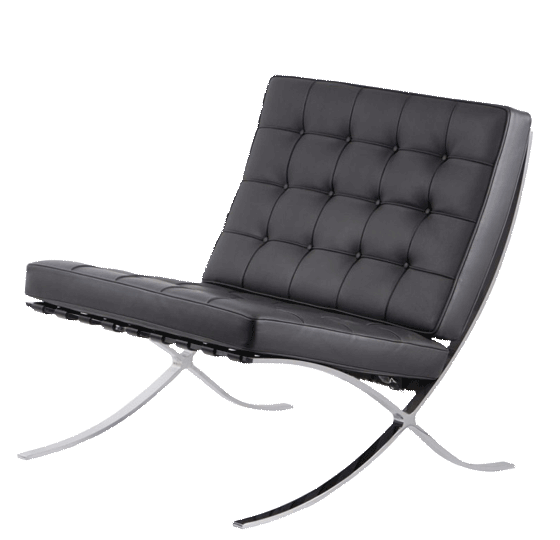The modern city, with its towers of glass and steel, can be at least in part attributed to the influence of architect Ludwig Mies van der Rohe. Equally significant, if smaller in scale, is Mies’ daring design of furniture, pieces that exhibit an unerring sense of proportion, as well as minimalist forms and exquisitely refined details. In fact, his chairs have been called architecture in miniature – exercises in structure and materials that achieve an extraordinary visual harmony as autonomous pieces and in relation to the interiors for which they were designed.
In 1928, Mies and his companion and colleague, the designer and Bauhaus alumna Lilly Reich, were asked to design the German Pavilion for the 1929 International Exposition in Barcelona. The purpose of the Pavilion was to provide a location that could be visited by the king and queen of Spain during the opening of the Exposition. With that in mind, Mies designed a modern throne – known today as the Barcelona® Chair – for their majesties. In the following year, Mies designed another notable chair, the Brno, with a gravity-defying cantilevered base.
